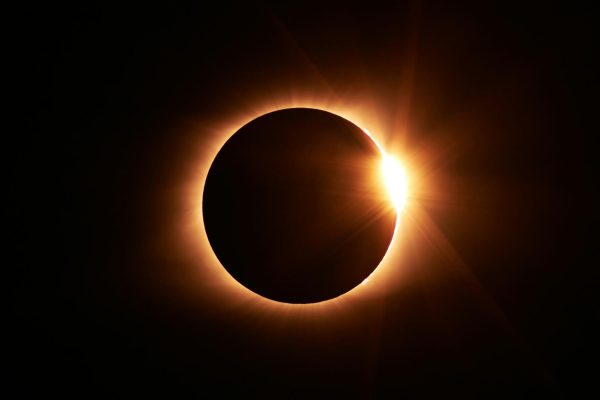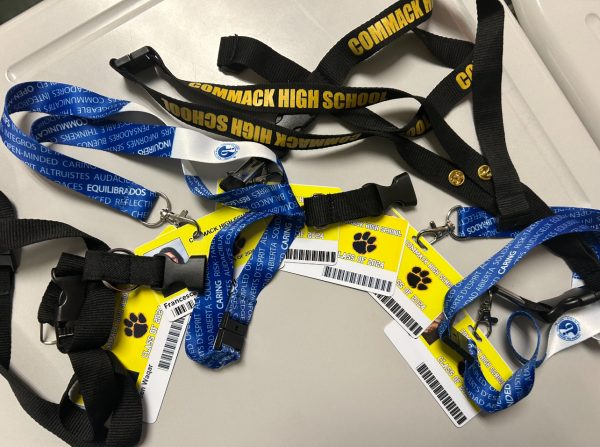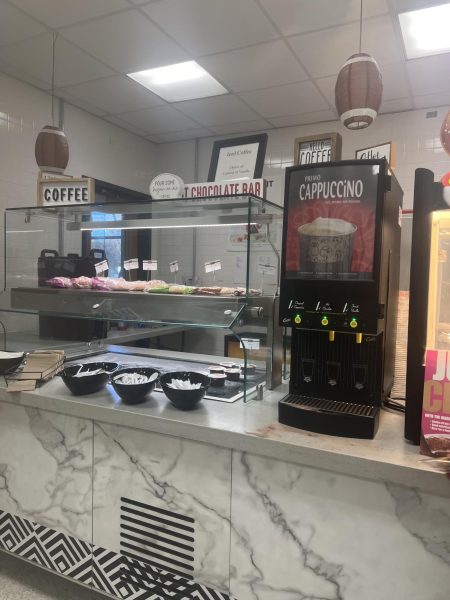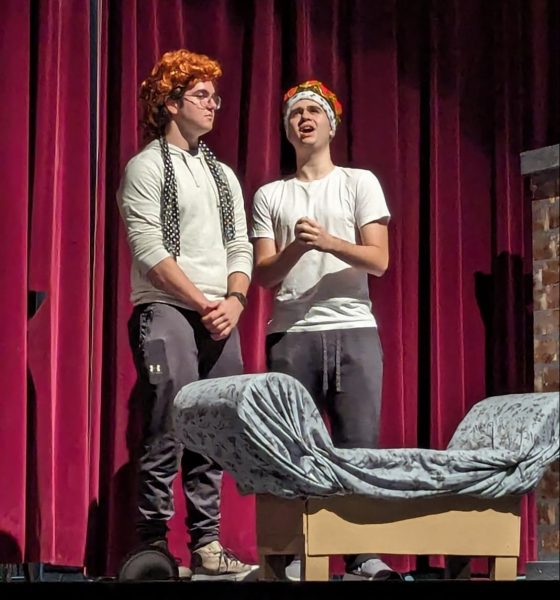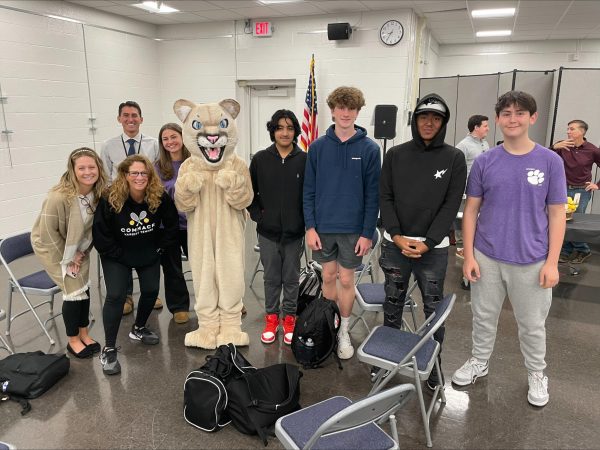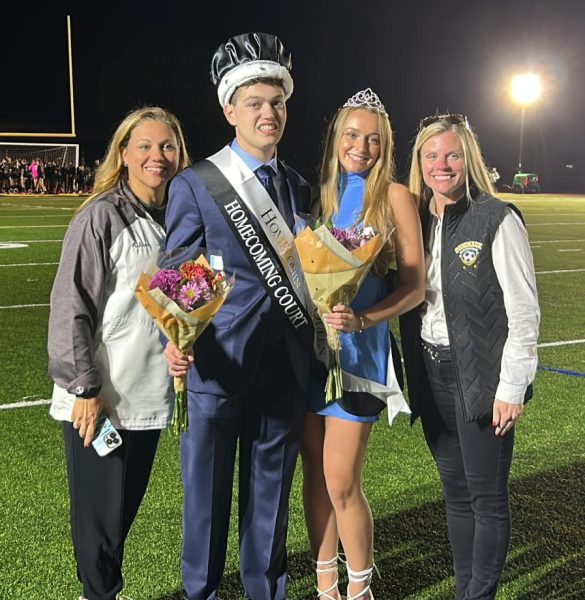Science research students represent Commack in national science fairs
June 13, 2022
Science research students competed in various science fairs from late fall to mid spring, presenting their investigations to judges in the hopes of placing and being recognized for their research.
Many fairs took place this year at the regional, state, and international levels.
“This year, we [participated in] the Long Island Science and Engineering Fair (LISEF) and the New York State Science and Engineering Fair (NYSSEF), at the [international] level for both of those. There was the NSPC fair. […] There’s the WAC Invitational Fair. There is the Long Island Science Congress (LISC), there is [a] junior and senior division. […] There was SAAWA, which is the [South Asian American Women’s Alliance]. […] There is also something that only seniors can do, called the Regeneron Science Talent Search,” said science research teacher Jeanette Collette.
Students explored many different subject areas within science.
“We had somebody who was interested in weather, like [how] the freeze-dry cycles of a plant affect the starch concentration within that plant, measured by glucose. We had somebody looking at different components in concrete, in how stable that structure was. […] We had people investigating the effects of chemicals on model organisms because we use a lot of model organisms in here, whether it’s C. elegans [or] plenaria. We had one group cut off the antenna of insects and see how it affects their ability to forage for food. We had somebody looking at Alzheimer’s in fruit flies,” said Collette.
When students compete in a fair, they are evaluated by judges on a wide variety of criteria.
“There’s usually a rubric in advance that the judges get. [They ask each team;] did they have a purpose? Did they have a hypothesis? Did they follow the scientific method? Then, did they correctly analyze their data? [They judge] the aesthetics of how [a student’s] board was, or if they made a video, because this year we were hybrid, […] and then how good they can answer the judges’ questions. Those are the things that are typically on a rubric,” said Collette.
This year, three students were able to present their research to an international audience at the International Science and Engineering Fair (ISEF) in Atlanta, Georgia.
“We had three students: Ashley M., Lakxshanna R., and Ashley H. actually go to the International Science and Engineering Fair. If you win first place or best in your category at either LISEF or NYSSEF, you get to go to ISEF. So, they got to go to ISEF, and at ISEF, Lakxshanna […] actually won third place in microbiology. […] That’s on an international stage, which is pretty cool,” said Collette.
Due to the continuing pandemic, many fairs adopted a hybrid structure.
“I initially had to do a virtual part of [my fair] where I [made] a Google Site that had all my fair information, like a video that I made that presented my project, my board slides, and my abstract and my references. They all went into this Google Site, [which] was judged among another four or five hundred [on] Long Island. […] Then NSPC chose the top forty, which they consider the finalists, so the top ten in each category. My category was microbiology, and since I was a finalist, I had to go and actually compete in person,” said NSPC Health Science Competition finalist senior Harry P.
Many science fairs, like the Molloy College Fair and the WAC Invitational Fair, were able to resume their in-person organization this year.
“Around fifty or so kids would be in one huge room and judges would walk around viewing different boards, and you would be expected to present to at least three different judges in a few hours, and then at the end they would announce the results,” said science research student, sophomore Ishaan S.
The judges at each fair are experts or teachers in their respective fields, and often give constructive feedback to students. Singh, who presented his study on mental health facilities at both the WAC Invitational Fair and the Molloy College Fair, detailed his judging experience.
“They wanted me to look into different forms of correlation because we had only looked into linear regression, and they wanted me to look into different forms of correlation because they thought that our project would have had a different output,” said Ishaan S.
Many fairs award their winners large monetary prizes.
“We have four people going to NSPC. […] They all won five hundred dollars automatically, […] but they can win up to four thousand dollars,” said Collette.
Science research is also a skills-based class, so students walk away from the course with strengths they can apply to their future careers.
“They learn how to actually research. They learn how to cite properly. They learn how to write in a scientific manner which they could use in college for writing papers, whether it’s English, history, or in a scientific field. They get confidence in their ability. They get presentation skills,” said Collette.
The course especially helps students improve their ability to speak in front of a crowd
“Presenting is an extremely important skill. […] In the beginning, we all weren’t really good at presenting. We struggled with clarity, […] eye contact, or even handling questions that are unexpected. But, we really learned how to work on our feet and do really well with talking to judges over time,” said Ishaan S.
Many seniors plan to continue researching after high school.
“Specifically for my college, they invite all their undergraduates to do science fairs just like these, where you present your work to experts in their field, and it’s really a pretty mirrored experience to what you have in high school. For me, I think that having the opportunity to do that in high school for four years [was] really helpful, […] especially since I want to do research in the future,” said Harry P.
The day of a fair is very exciting for both the students and the teachers, complete with activities set up to wish competitors good luck.
“We have these animals that we take to the fairs. They’re little stuffed animals. There’s Freddy, and we got Marty the Moose and his little buddy, and then we got these two little ISEF ones that people who won in the past brought back with them that we take. They’re like our lucky charms on the science fair,” said Collette.
Now that the fairs are over, the science research classes will host an exhibition honoring the students’ hard work and achievements.
“At the end of the year, [there is] what’s called Research Night, and we […] honor our graduating seniors there. But, we make a booklet with everybody’s abstract so that parents, [the] community, and teachers can know what everybody’s been working on all year. […] It’s called the Research Dragon, in honor of our mascot that we take to the science fairs,” said Collette. 🔳



